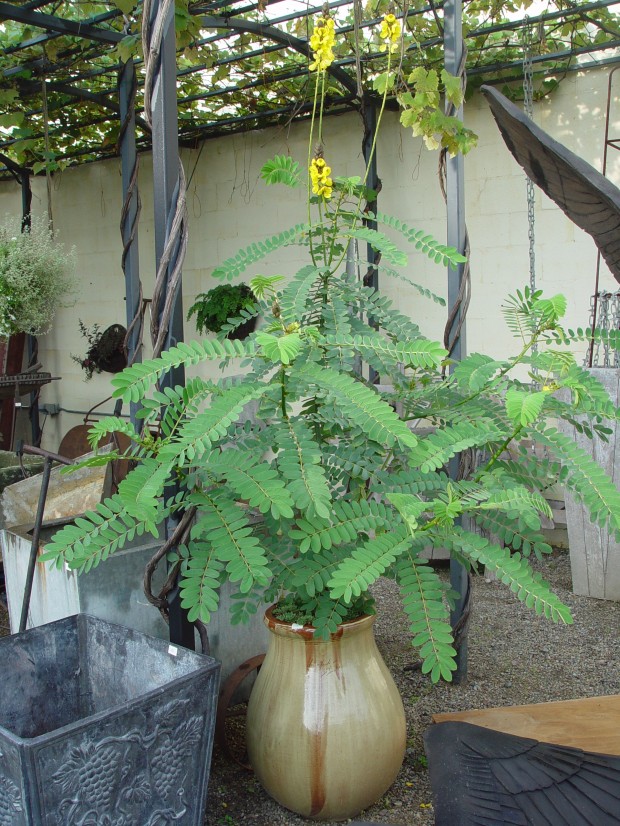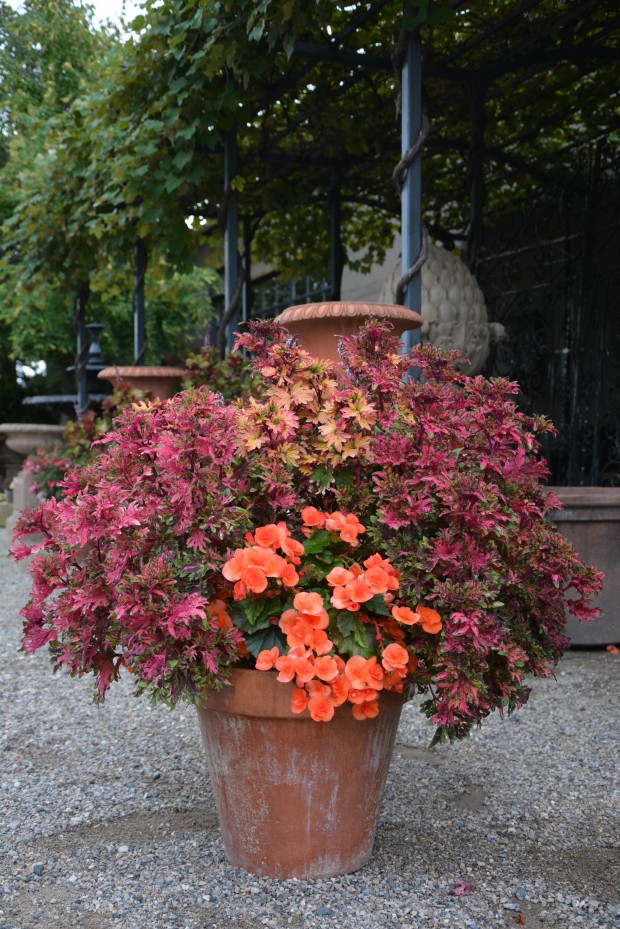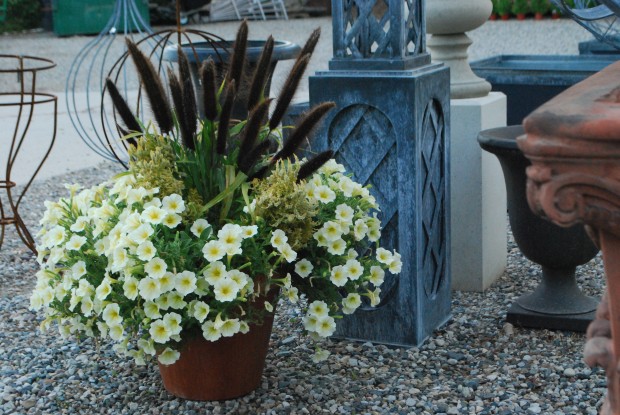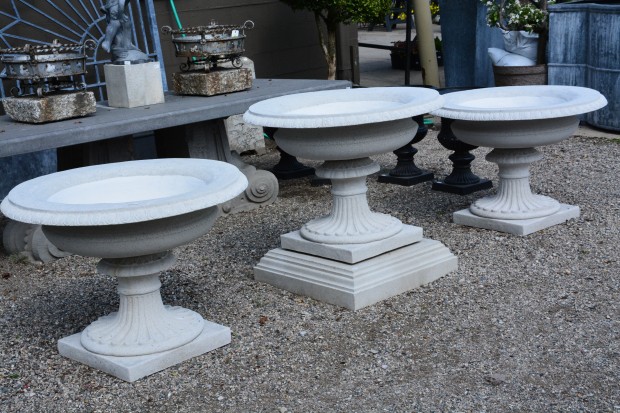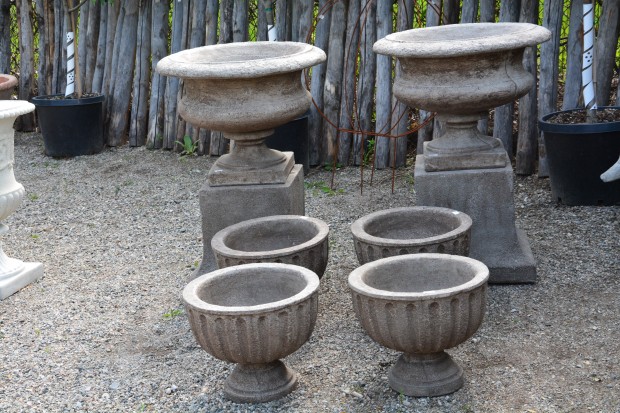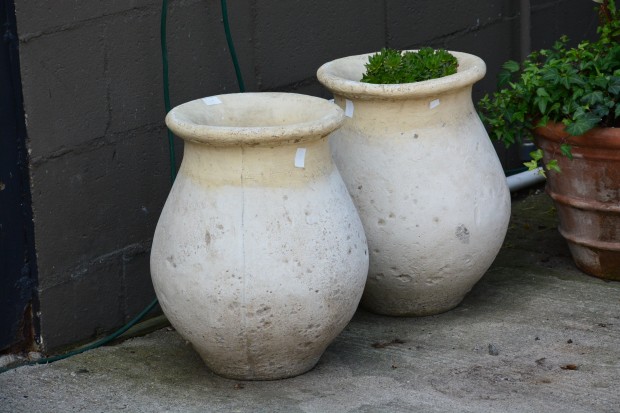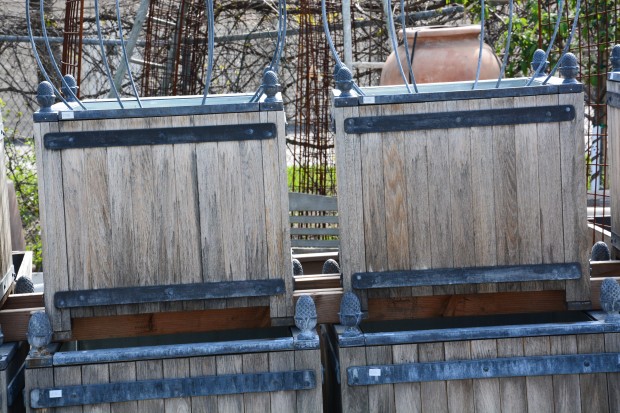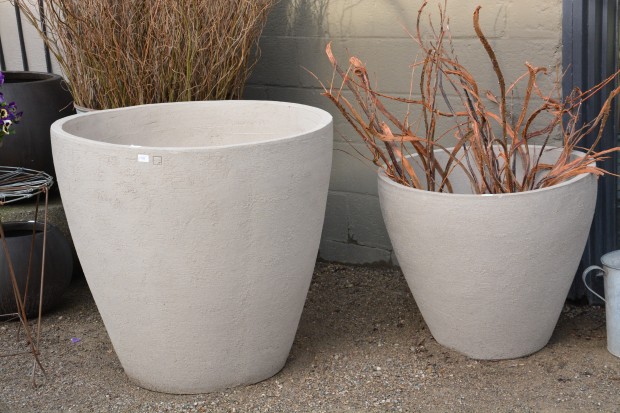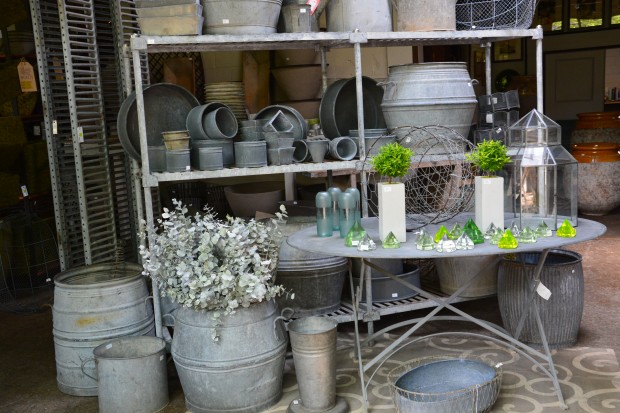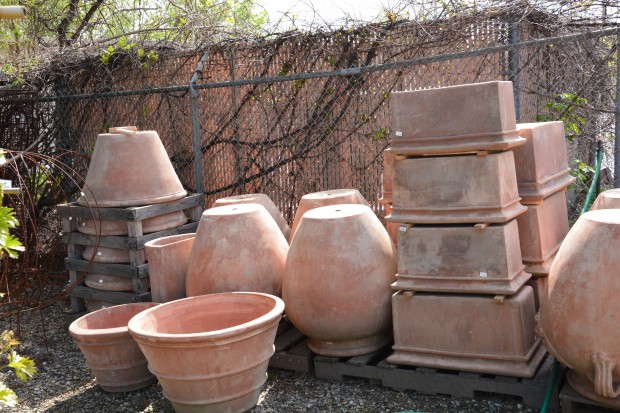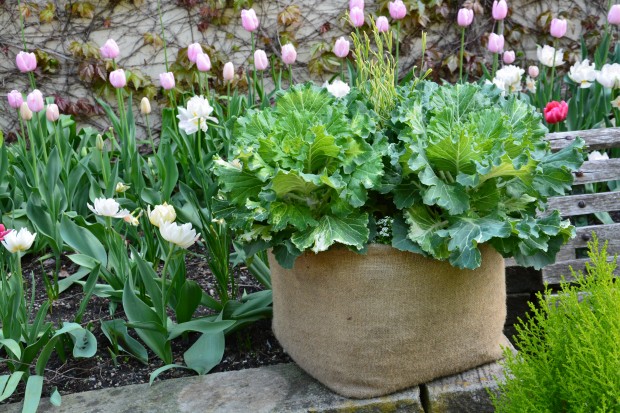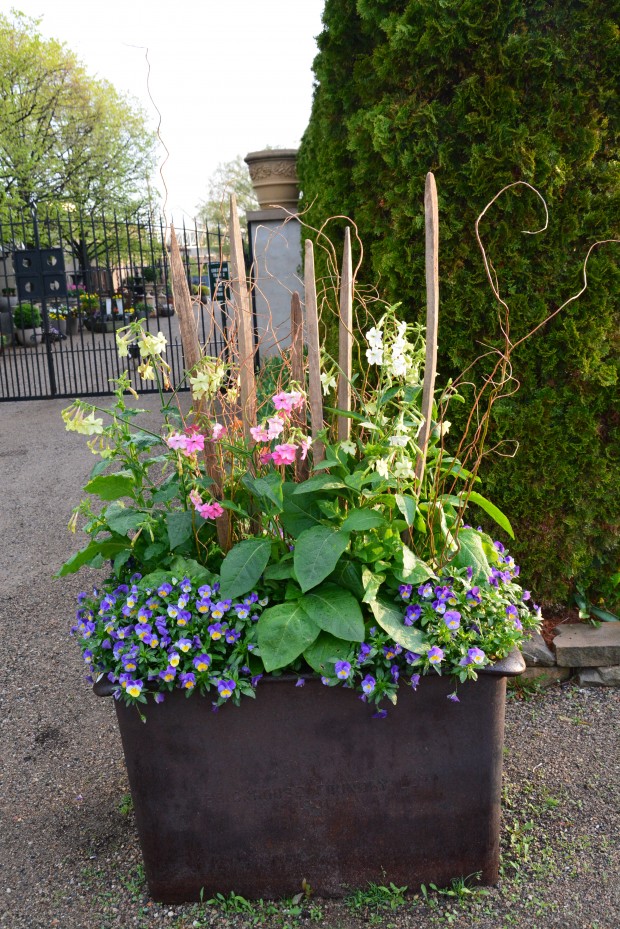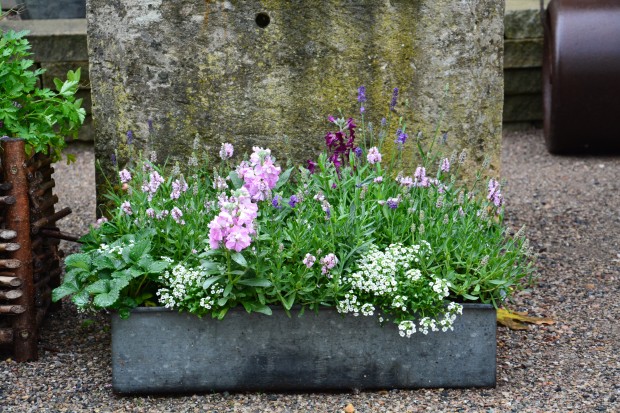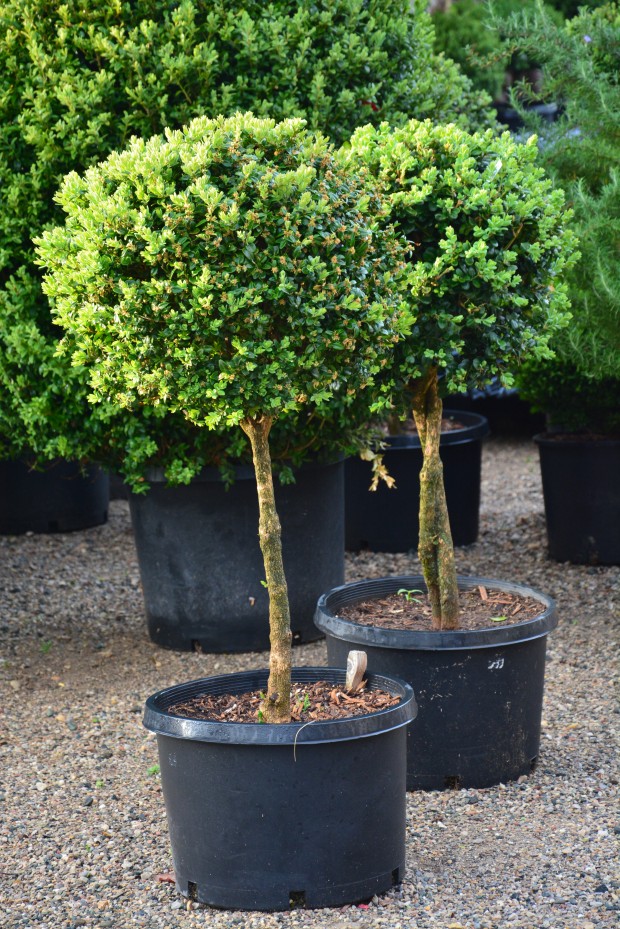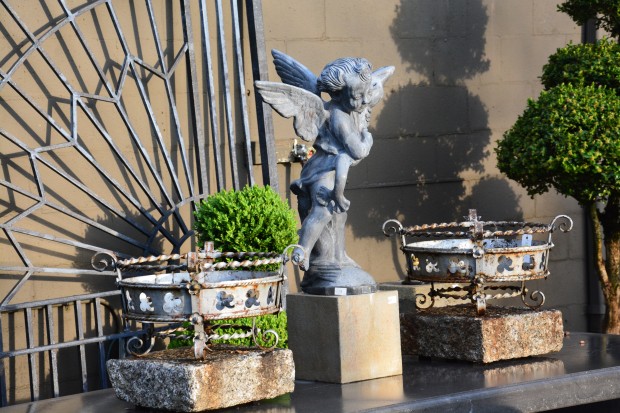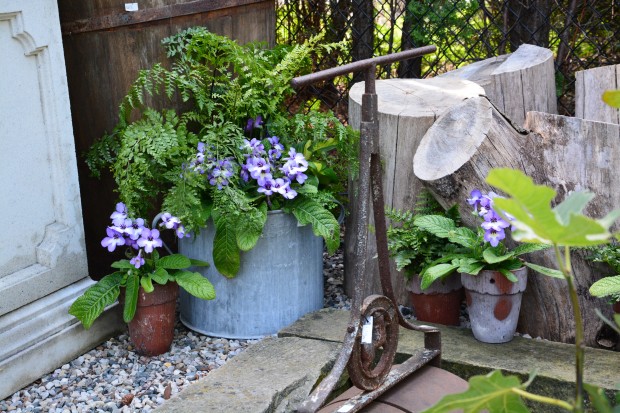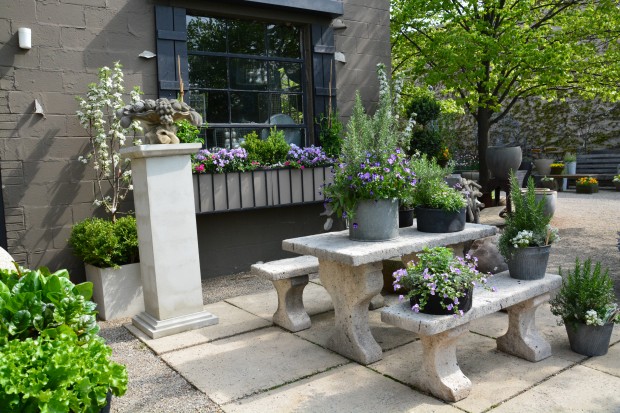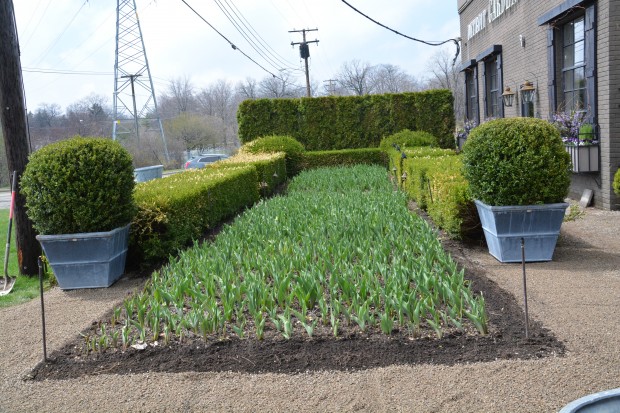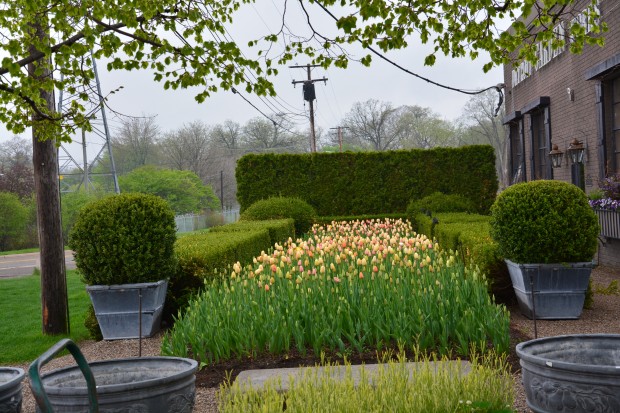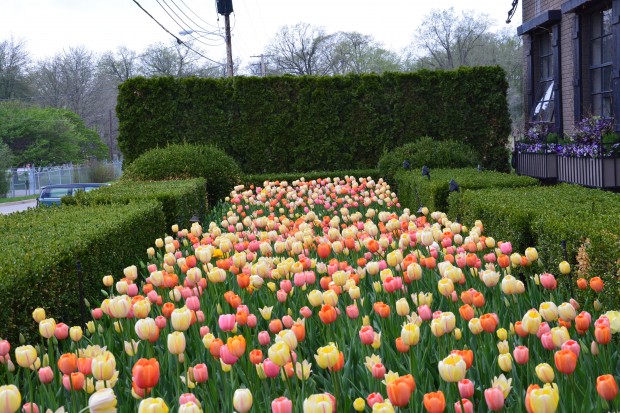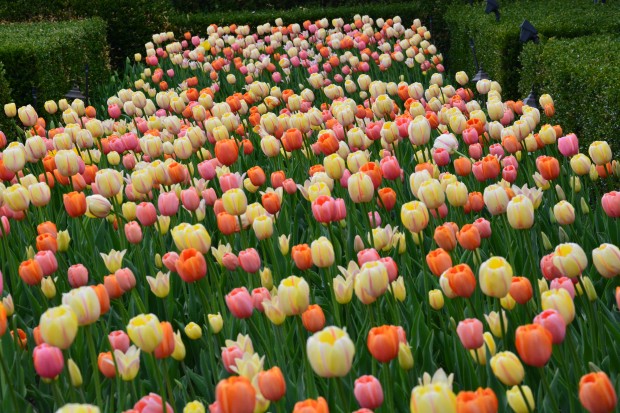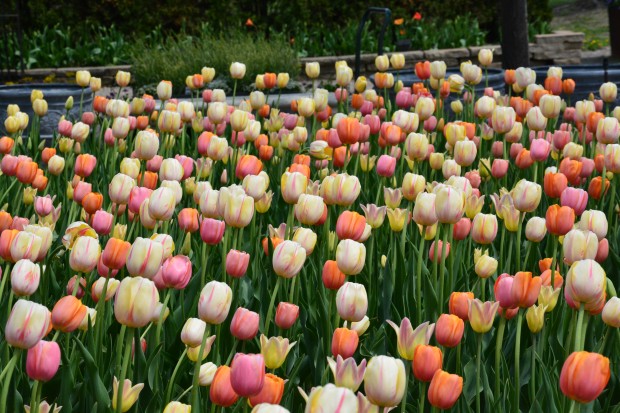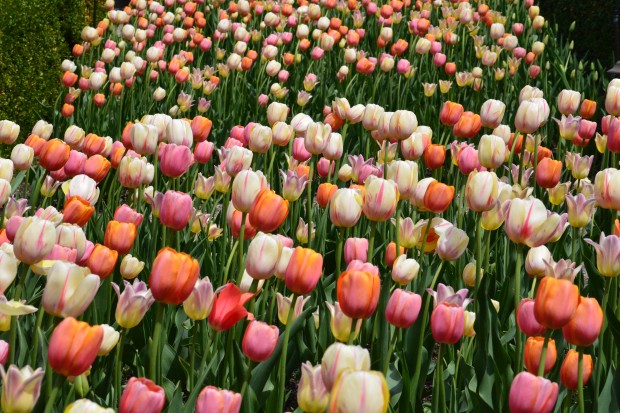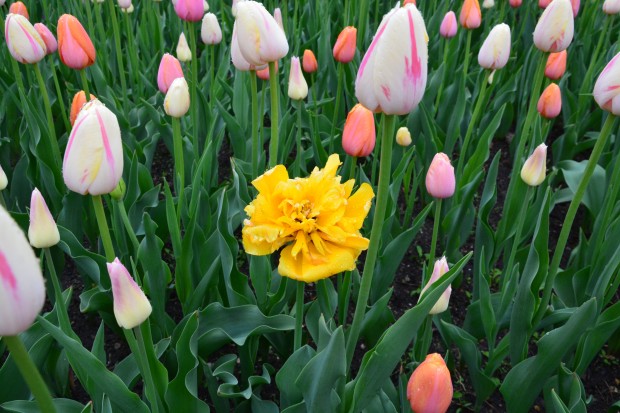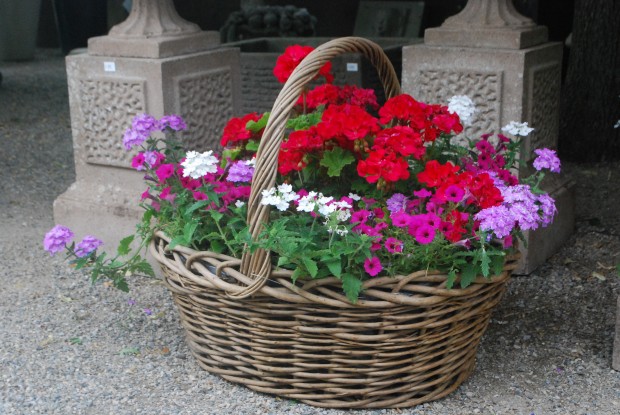 To follow are some pictures of pots and their plantings that, to my eye, work well together. See what you think. This basket has geraniums, trailing verbena and mini-petunias.
To follow are some pictures of pots and their plantings that, to my eye, work well together. See what you think. This basket has geraniums, trailing verbena and mini-petunias.
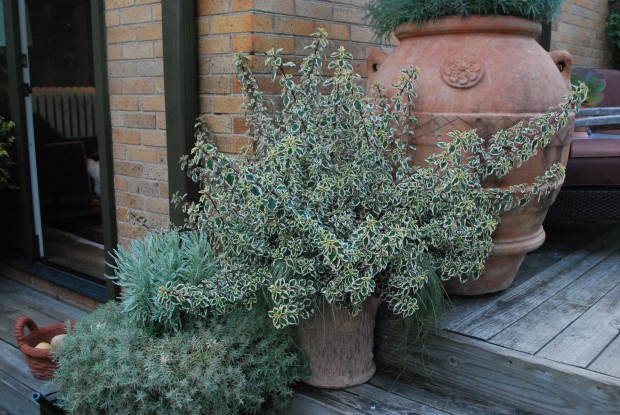 Silver foliaged plants-the names I do not remember.
Silver foliaged plants-the names I do not remember.
 bird’s nest fern and lime selaginella-club moss. Hosta and baby tears
bird’s nest fern and lime selaginella-club moss. Hosta and baby tears
 nicotiana mutabilis, purple dahlia, nicotiana alata lime, petunias
nicotiana mutabilis, purple dahlia, nicotiana alata lime, petunias
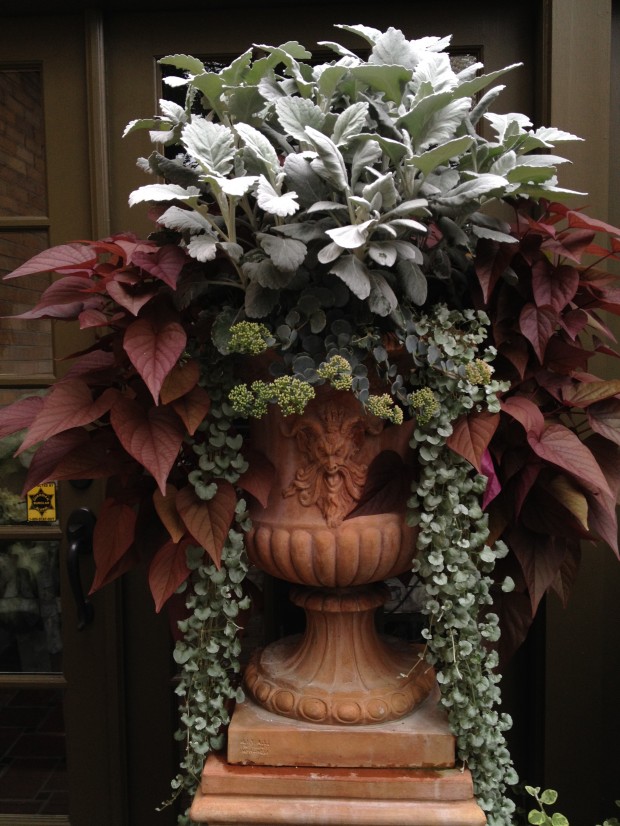 cirrus dusty miller, chocolate potato vine, sedum, silver falls dichondra
cirrus dusty miller, chocolate potato vine, sedum, silver falls dichondra
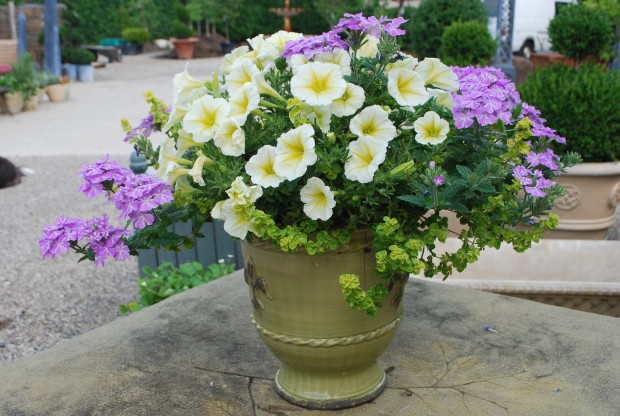 petunia, trailing verbena, gold marjoram
petunia, trailing verbena, gold marjoram
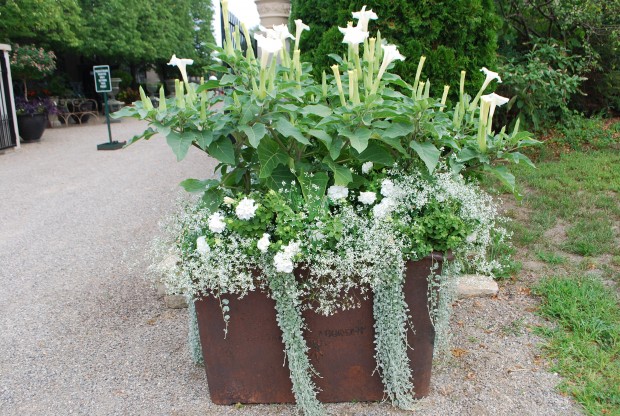 datura, double white petunias, euphorbia diamond frost, silver dichondra
datura, double white petunias, euphorbia diamond frost, silver dichondra
 variegated dracaena and silver pilea
variegated dracaena and silver pilea
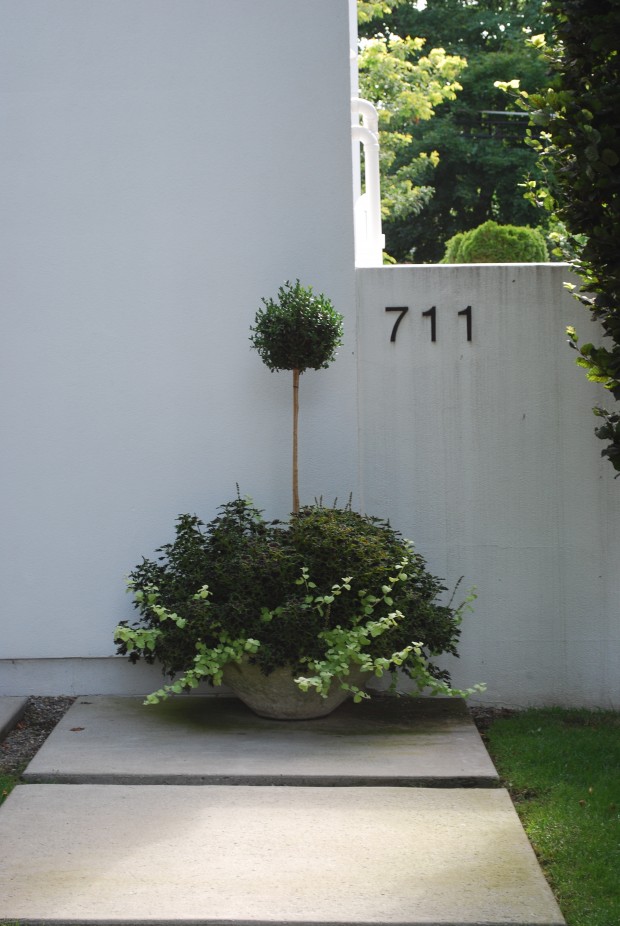 boxwood topiary, inky fingers coleus, lime licorice
boxwood topiary, inky fingers coleus, lime licorice
